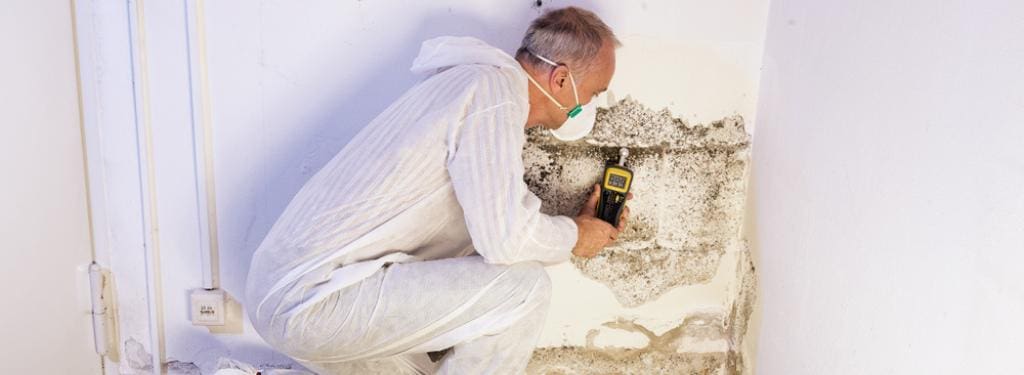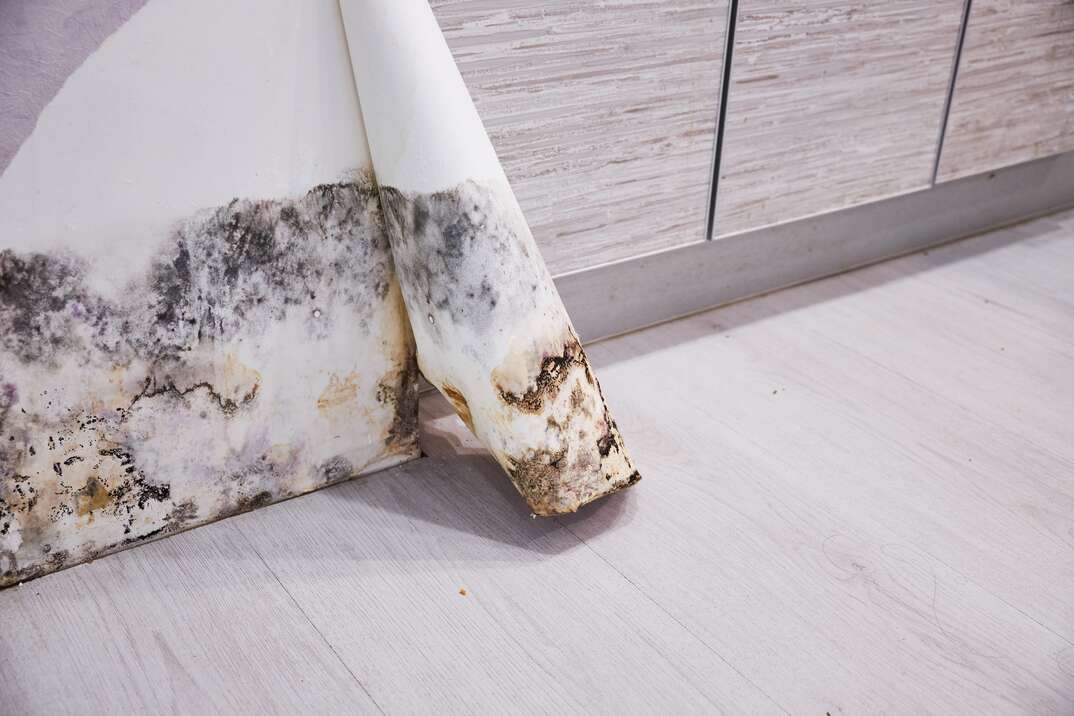Expert Tips for Blog Post Mold And Mildew Removal Success
In the world of mold and mildew removal, effectively getting rid of mold is only half the battle; the true challenge exists in preventing its reappearance. By sticking to professional pointers and ideal techniques, people can safeguard their spaces against mold renewal and keep a healthy interior atmosphere.
Screen Humidity Levels Frequently
After finishing mold removal procedures, keeping ideal moisture degrees is critical to protect against mold re-growth and guarantee a healthy indoor setting. High humidity degrees above 60% develop a helpful environment for mold to thrive, making routine keeping an eye on a proactive step to avoid any type of future mold issues.
Using hygrometers or moisture meters can help in properly determining moisture levels in different areas of the building. These tools supply real-time data that allows removal experts to make enlightened choices concerning air flow, dehumidification, and various other required activities to maintain ideal moisture levels post-remediation. In addition, developing a regular timetable for moisture checks, especially in high-risk areas such as shower rooms, kitchen areas, and cellars, is a proactive method to mold and mildew prevention. By continually monitoring moisture levels, property owners can effectively minimize the threat of mold reoccurrence and preserve a healthy and balanced indoor setting post-remediation.
Conduct Thorough Inspections Post-Remediation
Following the completion of mold remediation treatments, it is essential to carry out extensive evaluations to confirm the efficiency of the remediation procedure. These post-remediation inspections are vital in making sure that the mold and mildew concern has actually been efficiently addressed which there is no recurrence or remaining mold and mildew development. Evaluations need to be accomplished by certified experts who have knowledge in identifying mold and mildew and evaluating interior air quality.
During these inspections, different techniques such as aesthetic evaluations, air tasting, and surface area tasting might be utilized to extensively review the remediated locations. Aesthetic evaluations include a thorough examination of the facilities to check for any type of noticeable indications of mold and mildew development or water damage. Air sampling helps in determining the air-borne mold and mildew spore levels, while surface sampling can identify mold fragments on surface areas.
Implement Appropriate Air Flow Methods
After making certain the performance of the mold removal procedure via complete examinations, the following critical action is to concentrate on carrying out proper ventilation strategies. Sufficient ventilation is necessary in preventing mold and mildew reoccurrence by regulating moisture degrees and promoting air blood circulation.
Appropriate air flow not only aids in avoiding mold and mildew growth but likewise contributes to the overall health and comfort of residents. By ensuring ample air flow throughout the home, you can minimize the danger of mold regrowth and develop a healthier living atmosphere.

Use Mold-Resistant Materials for Services
To enhance the long-term performance of mold and mildew remediation efforts, integrating mold-resistant products for repair work is vital in mitigating the risk of future mold growth. Mold-resistant materials are designed to stand up to wetness and prevent mold growth, making them an important choice for areas vulnerable to dampness and moisture. When fixing locations affected by mold and mildew, utilizing materials such as mold-resistant drywall, mold-resistant paints, and mold-resistant caulking can assist stop mold reappearance.
Mold-resistant drywall is an outstanding option to traditional drywall in locations like basements and bathrooms where moisture degrees are greater. This sort of drywall has an unique coating that withstands mold development even when exposed to damp conditions. In addition, making use of mold-resistant paints including antimicrobial representatives can further inhibit mold development on ceilings and wall surfaces.
In areas where wetness is common, such as washrooms and cooking areas, making use of mold-resistant caulking around sinks, home windows, and bathtubs can assist seal out water and stop mold and mildew from holding in splits and crevices. By spending in these mold-resistant materials throughout repair work post-remediation, you can significantly decrease the possibility of future mold and mildew problems and keep a much healthier interior atmosphere.
Maintain Tidiness and Address Water Issues
Making sure cleanliness and immediately resolving water problems are basic techniques to maintain in securing indoor spaces from mold and mildew reinfestation. After mold removal, it is vital to preserve a tidy environment to stop the regrowth of mold (Post Remediation Inspection near me). Routine cleaning, dusting, and vacuuming can assist remove any type of sticking around mold and mildew spores and avoid them from multiplying and clearing up. Additionally, maintaining indoor rooms dry and addressing any kind of water problems without delay is necessary in mold and mildew remove mold cinder block avoidance. Leakages, water breach, or high moisture degrees can develop the perfect breeding place for mold, so it is imperative to repair review any water-related troubles instantly.
To preserve sanitation, take into consideration using HEPA filters in vacuum cleaners and air cleansers to catch mold spores and prevent their blood circulation in the air. Additionally, guaranteeing correct ventilation in areas vulnerable to moisture buildup, such as cooking areas and shower rooms, can aid keep humidity degrees in check. By staying attentive concerning sanitation and dealing with water issues quickly, you can efficiently avoid mold reinfestation and preserve a healthy and balanced interior environment.
Conclusion

In the realm of mold remediation, effectively removing mold is only half the fight; the true obstacle lies in stopping its reappearance. After finishing mold removal procedures, preserving ideal humidity levels is essential to prevent mold re-growth and guarantee a healthy and balanced interior setting. High humidity levels over 60% produce a favorable setting for mold and mildew to flourish, making regular keeping track of a proactive procedure to protect against any type of future mold and mildew concerns.
To enhance the lasting efficiency of mold and mildew remediation initiatives, incorporating mold-resistant materials for fixings is important in reducing the threat youtube mold removal in homes of future mold and mildew development. After mold remediation, it is critical to maintain a tidy atmosphere to prevent the regrowth of mold.